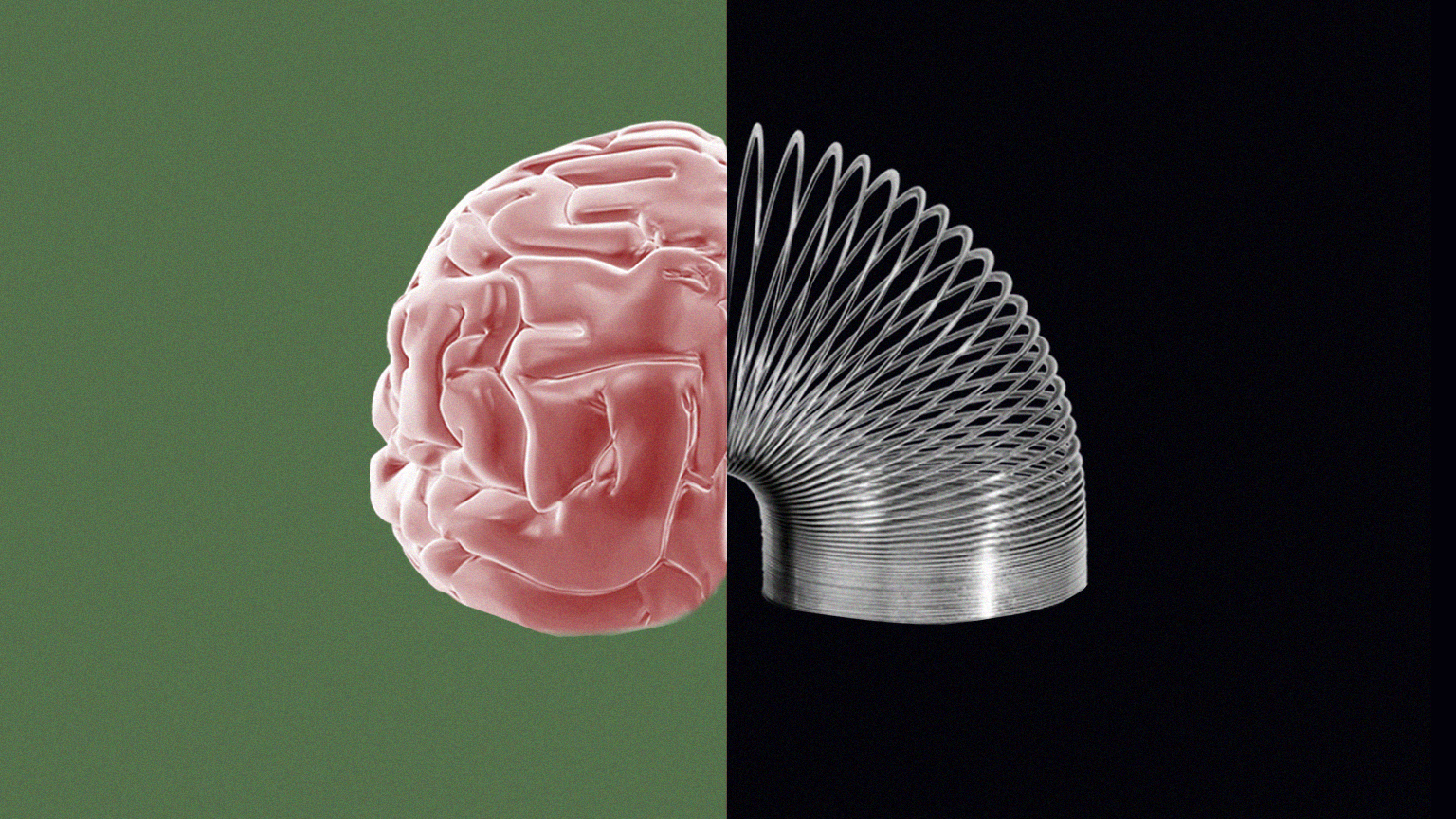The 3 phases of crisis management, with risk expert David Ropeik

The first response to big, bad news is likely to be widespread panic — it’s human nature. Yet, says risk communication expert David Ropeik, you can actually strengthen a team’s confidence if you recognize the crisis as “a huge opportunity to be honest and direct and open and build trust.” Ropeik explains how in his Big Think+ video, “Communicate in a Crisis.”
The acute phase of a crisis
It’s reasonable for your team to suddenly bombard you with questions immediately after disaster hits:
“Hey, you’re the person in charge, what’s the deal?”
“Can you protect me?”
“Can you keep me safe?”
“Are you finding out?”
“Do you control the valves?”
“How much can you forestall the stock going down?”
The important thing is to let everyone know you’re on the case and understand their concerns. If there’s anything that you haven’t been able to clarify yet, be honest about it, and reassure them you’re doing all you can to find out what’s going on.
The response phase of a crisis
When the team’s had a few days to absorb the shock, some of the novelty — and thus the emotional intensity — of the problem is likely to have passed. At this point, says Ropeik, it’s, “We’ve now calmed down from the immediate threat, we’re still walking around, we’re still breathing, we’re still alive.” It’s time to begin analyzing what went wrong.
If it was your own mistake that brought things crashing down, be honest about it, Ropeik advises. Work out what you can do to prevent a recurrence, and share that with the team. Regardless of who was at fault, present a plan that makes a repeat of the crisis less likely going forward.
The post-disaster phase
The storm has passed, and things are working their way back to normal. The team is actually functioning now at a higher level than before to ensure this never happens again. “And so you stay in that long tail for a long time,” Ropeik says, yet even so, “people are taking the measure of ‘Were you honest? Did you demonstrate competence?’”
You yourself want to assess how you personally performed with an eye to the future. And you realize you’ll have to be even better next time, “because that boogie man, or any other boogie man, is going to jump at people,” — people who will be more afraid next time, “because the bar has been raised. The sensitivity has been raised,” says Ropeik.




